As Featured On AW360
Many big brands pulled their spend from Facebook in July to protest what they called “HateForProfit”, pressuring Facebook into better policing of the misinformation and bias toward inflammatory content on its platform. Facebook wasn’t nearly as impacted as it should have been given the vast majority of its revenue—and Google’s revenue—comes from small and mid-sized businesses.
This summer, Hulu announced the beta of Hulu Ad Manager, which is designed to democratize ad buying of premium TV content for their publisher partners. At the end of September, Vox announced Concert Ad Manager, a self-service tool for small and mid-sized advertisers to build and execute campaigns across Vox as well as its network of publishers, including NBCUniversal, Conde Nast and BuzzFeed. Other self-service options like Flexitive and Thunder also provide a way for smaller brands to design ads and buy inventory on their own. These concepts borrow heavily from Google and Facebook, who have both built enormous businesses on self-service advertising platforms intended for the thousands and thousands of smaller advertisers with limited resources to design creative and launch campaigns themselves.
I encourage all of these solutions to keep at it, and for publishers to embrace the opportunity to tap into the local ad market by means outside of the walled gardens. Publishers can definitely look to partner with Hulu, Vox and other providers like them, but it is important they maintain an active role—ensuring that creatives are engaging, that there is relevant targeting available, and that their offering actually performs.
Focus on the Immediate Opportunity
Billions of ad impressions went unfilled or filled at bargain rates when online activity shot up at the beginning of the COVID-19 pandemic, with mobile a clear leader. In countries more heavily impacted by COVID—like the US and Italy—we saw an increase of around 200% in mobile content consumption from 2019 to 2020. eMarketer shows that incremental mobile ad spending in 2020 took share from the desktop. While it wasn’t enough to fill all of the new impressions, it shows where publishers need to focus when trying to attract small and mid-sized advertisers.
BIA Kelsey reported at the end of 2019 that of the $161 billion that local businesses spent on advertising last year, nearly $30 billion was on social mobile—namely Google and Facebook. They have both created self-service tools that take only minutes to set up, allowing small companies to simply upload a logo and an image and—voila!—your ads are ready to go. They also both offer a wide variety of targeting capabilities. Providing local marketers the ability to control advertising within their desired market is crucial, especially on mobile. Google has a sophisticated contextual ad targeting solution, while Facebook offers interest-based and location targeting, for example, unlike many premium publishers, where automated buying is limited to audience-based targeting on the OpenWeb
Publishers looking to take the first step should absolutely test solutions that fill mobile inventory with demand from small businesses and grow from there. Make sure to pay heed to which targeting abilities are most in-demand, which elements can be automated, and what special factors drive the highest prices like context or unique ad formats.
It’s Time to Get Creative
Neither Google nor Facebook uses IAB standard sizes. Yet, publishers have basically chained themselves to these constraints—which millions of people now completely ignore. Creating an automated offering is only half the battle; the creative has to perform. Great creative attracts attention and is specifically designed to fit very naturally into the look and feel of its context. Publishers must embrace new designs and new forms of targeting that can be accessed in a self-serve way.
eMarketer estimates nearly $573 billion of the US economy—or 53% of total retail commerce—will take place on the phone over the next few years. A huge part of that will be through local and small businesses. Specialized platforms like Button provide new, fresh ways for brands to offer more transaction-based solutions at scale within their premium content—solving for automated advertising in order to attract a new type of media buyer.
However, counter to where the ad revenue flows, it takes less than two seconds of exposure for a consumer to remember an advertisers’ ad within an editorial environment (where they are leaned in and engaged with the content), while it takes five times longer on social media (where scroll velocity is higher). Think about that; it actually takes longer for people to remember an ad they’ve seen on social, yet the ads are viewable on screen for less time. This paradox exposes an opportunity that premium publishers are so clearly missing. Google and Facebook may have prioritized advertising tools for small businesses, but there’s no reason why other publishers can’t prove their worth to this vast set of buyers. With proof that ads would inherently perform better within premium editorial environments than within the walled gardens, the publishers who start to prioritize small businesses with innovative, easy and efficient advertising solutions can start to take some of the value of their content back.

-1.png?height=100&name=image%20(4)-1.png)
